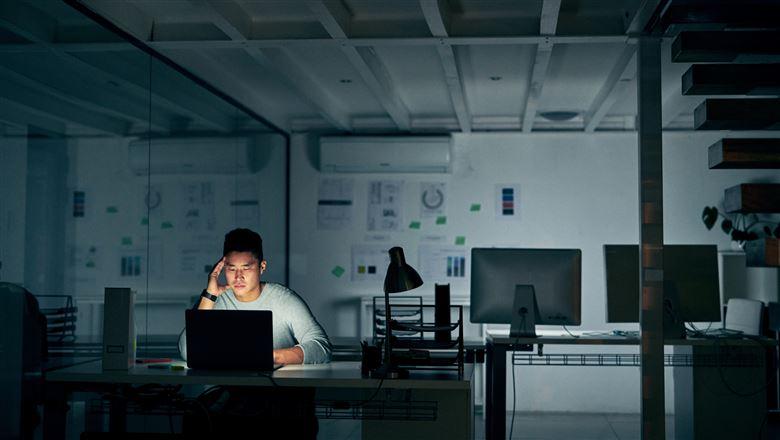Jaya Koilpillai Bohlmann
Jaya Koilpillai Bohlmann, MA, MSMOB, APR, ACC, is president and founder of Designing Communication in Washington, DC, and a former member of ASAE’s Communication Professionals Advisory Council.

Technology is allowing teams to work and stay connected during the COVID-19 pandemic, but constant technology use can lead to “technostress.” Here’s how to identify and manage this kind of stress and boost your health and happiness on the job and off.
During the coronavirus pandemic, technology has been the lifeline that’s helped organizations and teams stay connected, conduct meetings, share documents, and perform other necessary work tasks. But, as Albert Einstein famously noted, technology cannot be allowed to exceed our humanity.
Constant technology use has potentially negative physical and mental effects, collectively often referred to as “technostress.” There are three main types: adaptation, overload, and isolation. All three can be successfully managed if you follow a few key tips and tactics.
The COVID-19 crisis has accelerated the need to adapt to new software and devices. You might have had to upgrade your home routers, computers, phones, and webcams, and learn how to Zoom, chat, exercise, shop, and even receive medical care by using various online platforms—all requiring different passwords, user names, and security protocols.
All this change can cause massive amounts of stress. Some of these techniques can help you minimize it:
Limit your new technologies to those most necessary and useful. Save the fun or experimental apps and plug-ins for later.
In the past few months, you might have been glued to your devices for news and social updates even more than usual. Being in the know to a high degree might be interesting and rewarding at first, but it usually leads to information overload and fear of what you might be missing. By the end of the workday, you may be exhausted from too much information, the constant onslaught of flickering images, squinting to see your screens, and hunching over your devices.
It could be time for these fixes:
Even though remote workers are connected constantly, the lack of physical closeness can cause feelings of isolation. You might feel anxious about missing emails or texts or about being left out of group chats or video calls. Also, without the full benefit of nonverbal communication, which is much more available in person, people miss nearly 80 percent of communication and are more likely to inaccurately perceive e-messages.
What can you do?
As the COVID-19 distancing rules relax, you may be among the 75 percent of current teleworkers who say they plan to continue to work remotely—maybe even for the rest of their careers. Understanding and guarding against technostress will continue to be a critical skill for maintaining your well-being.